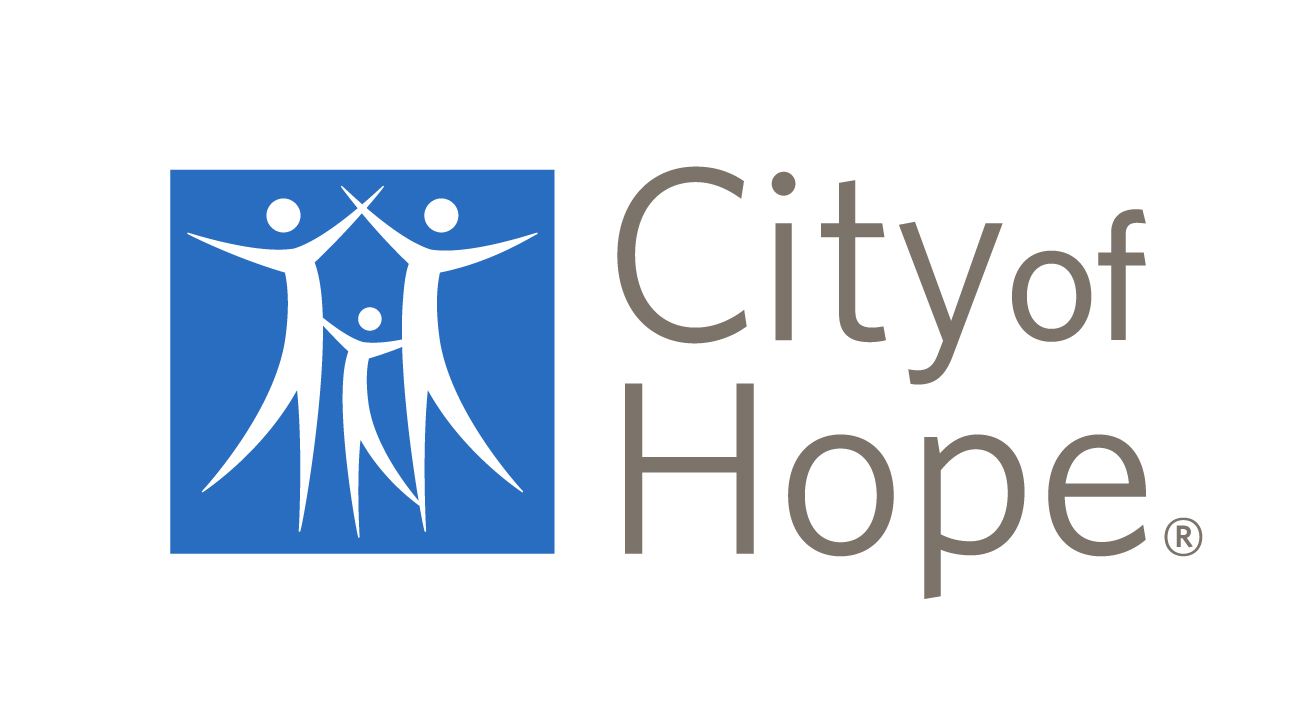- Advertise
- About OncLive
- Editorial Board
- MJH Life Sciences brands
- Contact Us
- Privacy
- Terms & Conditions
- Do Not Sell My Information
2 Clarke Drive
Suite 100
Cranbury, NJ 08512
© 2025 MJH Life Sciences™ and OncLive - Clinical Oncology News, Cancer Expert Insights. All rights reserved.
Dr Phillips on Treatment After Progression on a BTK Inhibitor in MCL
Tycel Phillips, MD, MPH, discusses treatment options for patients with relapsed/refractory mantle cell lymphoma who have progressed on covalent BTK inhibitors.
Tycel Phillips, MD, MPH, associate clinical professor, Division of Lymphoma, Department of Hematology & Hematopoietic Cell Transplantation, City of Hope, discusses treatment options for patients with relapsed/refractory mantle cell lymphoma (MCL) who have progressed on covalent BTK inhibitors.
The covalent BTK inhibitors ibrutinib (Imbruvica), acalabrutinib (Calquence), and zanubrutinib (Brukinsa) have all been utilized in the treatment of patients with relapsed/refractory MCL; however, if a patient experiences disease progression following treatment with 1 specific covalent BTK inhibitor, switching to another covalent BTK inhibitor is not an option, Phillips begins. He notes that patients who need to stop treatment with a covalent BTK inhibitor due to intolerance could be switched to another, but following progression, other treatment options need to be considered.
The noncovalent BTK inhibitor pirtobrutinib (Jaypirca) was approved by the FDA in January 2023 for the treatment of adult patients with relapsed or refractory MCL following at least 2 lines of systemic therapy, including a BTK inhibitor. Prior to this regulatory decision, the CAR T-cell therapy brexucabtagene autoleucel (Tecartus; formerly KTE-X19), was the only real option, Phillips expands. Lenalidomide (Revlimid), bortezomib (Velcade), and chemotherapy regimens, such as rituximab (Rituxan) plus bendamustine and cytarabine, could be considered in this setting, he notes. However, these approaches have demonstrated limited efficacy compared with CAR T-cell therapy, he adds.
Given the limited options post–BTK inhibitor progression, developing treatments for patients in this setting remains an area of need, Phillips explains. Although pirtobrutinib was approved in this setting, more time is needed to evaluate long-term data, he says.
The prior generations of covalent BTK inhibitors were designed to permanently bond to the BTK receptor, allowing for continuous inhibition of the receptor, Phillips continues. Noncovalent drugs shift in and out of the BTK binding pocket. Resistance mutations at the binding site are known to form with continuous BTK inhibitor, depleting the efficacy of the covalent agents, he adds. Since the receptor is not a permanent binding site with noncovalent BTK inhibitors, these agents could still be effective treatment options in the presence of these resistance mutations, Phillips concludes.


